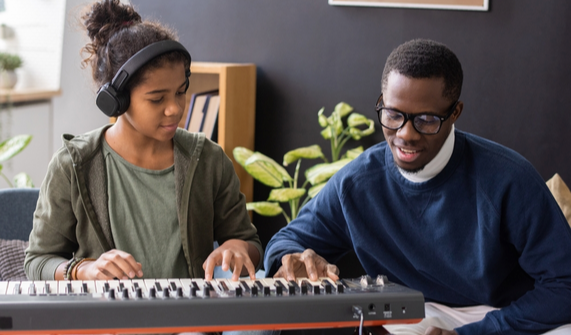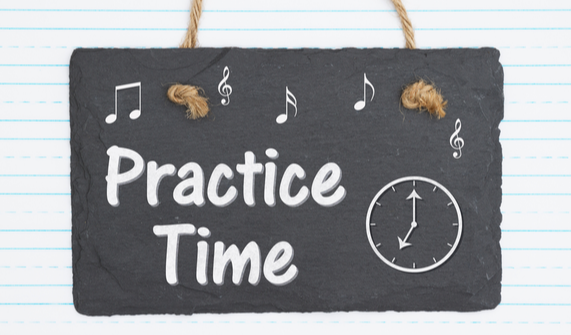
Ten Tips For Adults Learning to Play Music
Learning music is a fun and healthy pastime. It offers numerous benefits including improved memory and muscle coordination. If you didn’t learn to play an instrument as a child, it’s never too late to start.
In the next two blogs, we share ten tips to help you start learning music as an adult.
1. Choose Music You Like – It is easier to play music that you enjoy because it keeps you motivated to practice. Pick an instrument you’ll enjoy playing. If you love the sound of a clarinet, or always wanted to play the piano, don’t take drum lessons.
Also pick an instrument that fits your lifestyle. If you’re constantly on the move, pick a portable instrument like a violin or a saxophone. If you live with others, or in an apartment with thin walls, consider a digital piano with an adjustable volume.
2. Set Goals – Setting realistic goals keeps you focused and helps track your progress. Consider why you want to play music, what pieces you want to play, and how much time you want to spend practicing.
Make SMART Goals – SMART stands for Specific, Measurable, Achievable, Relevant and Time-Bound.
For example, “I want to learn to play the first four chords of Beethoven’s Moonlight Sonata in the next two months because I want to play it for my sister.”
3. Practice Consistently – Create a practice schedule with regular, timed sessions. Start with 30 minute sessions. If they are too long, consider a few 10 to 12 minute sessions throughout your days. Music practice is a great way to destress before tackling your next challenge. Also be flexible. Sometimes other tasks are more important than practice.
4. Practice Sections or “Chunks” – Learn shorter sections of music, or chunks, to make practice easier. The music is easier to absorb and stays with you longer. Start with one measure and then move on to the next. Continue until you learn the entire piece.
5. Use a Metronome – Use a metronome every time you practice. Set the metronome to a slower speed and master the finger and timing before increasing the speed until you’re at tempo. Practising with a metronome will also help you play with other musicians.
We’ll list the remaining five tips in our next blog. If you’re ready to learn how to play music, consider the Brady Arts Academy’s courses in piano, guitar, drums, trumpet, trombone and saxophone. Visit our website today.
Written by: Nicole Holas








